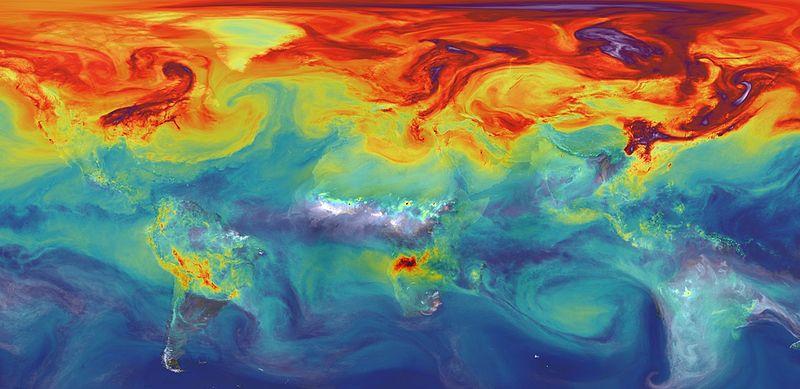AgResearch chief executive Dr Tom Richardson has posted an article which highlights two important pieces of work released in the past two weeks, saying they bring into stark focus the challenge New Zealand faces around its greenhouse gas emissions from agriculture.
The first of these was modelling released by the Parliamentary Commissioner for the Environment (PCE) on the impact of methane emissions from livestock, which sets out the kind of reductions New Zealand needs to achieve to contribute to the global challenge of climate change, Dr Richardson says.
The second, a comprehensive report by the Productivity Commission on transition to a low emissions economy, calls for changes to the structure and methods of agricultural production, including greater diversification of land use and greater adoption of low emissions practices on farms. The commission at the same time pointed to the need for “significantly more resources” from government for innovation in this area to support this transition.
Dr Richardson says:
While much of the recent public debate around methane (the single biggest contributor to NZ’s agricultural greenhouse gases) has been about the degree to which it contributes to climate change, the science is now clear its impact is significant. The modelling from the PCE provides some potential starting points for planning – including an estimated 10-22 per cent reduction in methane emissions that would be required by 2050 to avoid any further warming contributed by NZ above current levels (the number within that range to depend on the action of other countries).
The PCE’s full report is still to be released, but the numbers in front of us now have already ignited a fresh debate about how we address them. One approach being put forward is a simple reduction in livestock numbers, with the resulting economic impacts, while others are promoting the potential of science and technology to significantly reduce the emissions per unit of production.
With AgResearch being a key player in the science to reduce greenhouse gas emissions, predominantly methane from livestock – I see plenty of reason for optimism that the latter approach will continue to yield benefits.
Working with partners such as the New Zealand Agricultural Greenhouse Gas Research Centre (NZAGRC) and Pastoral Greenhouse Gas Research Consortium (PGgRc), our scientists are looking at promising methods to reduce methane emissions through changes in farming systems, animal feed, breeding, and potential inhibitors and vaccines to name a few.
Some of the exciting prospects currently in development include the following:
High Metabolisable Energy (HME) ryegrass
With the support of Government and industry partners including DairyNZ and Grasslanz Technology Ltd, we are currently field testing a genetically modified ryegrass in the United States that has been shown in glasshouses to reduce methane emissions from livestock by up to 23 per cent. Not only has the HME ryegrass shown potential for methane reduction, it also has features of reduced nitrate leaching, and its increased photosynthesis allows for faster growth and increased energy for the animal, as well as improved resistance to drought. So less methane, and greater productivity.Breeding lower emission animals
Our scientists have shown that livestock can be bred to produce less methane emissions. With investment from the PGgRc and NZAGRC, we have bred sheep with a 10 per cent difference in methane emissions between the average animal in the high and low methane breeding lines. Other benefits appear to be leaner meat and increased wool growth. This breeding approach can also be applied to cattle.Vaccines and inhibitors
Again with the investment of the NZAGRC and PGgRc, our scientists are working towards the development of a vaccine and inhibitors that can be applied directly to the livestock to reduce the amount of methane they produce.Some are seeking a silver bullet where it comes to technologies to reduce emissions from livestock. Whilst there are exciting developments, more likely a combination of strategies such as those above, and more diversified land uses that reduce emissions, will be required to get us to where we need to be as a country.
Whatever we do, we will need to achieve consistent reductions in our environmental footprint while maintaining our regional and national prosperity. I’m confident that continued investment in our world-class science will enable us to get there.
Source: AgResearch












